Are you looking to boost your online business? How can you stand out in a sea of competitors and attract your target audience? The answer lies in strategic and well-executed Ecommerce Marketing Strategies. Here, we’ll explore essential e-commerce marketing strategies that can help drive traffic, increase conversions, and ultimately propel your online business to success.
What is Ecommerce Marketing?
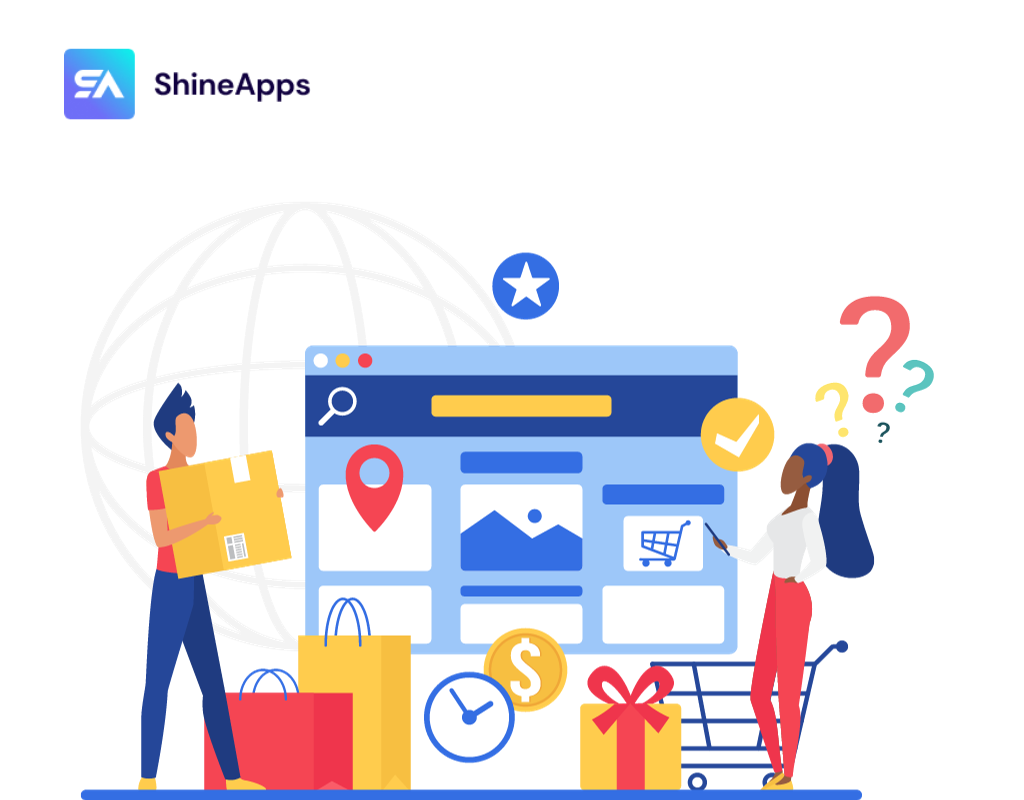
Ecommerce marketing involves employing promotional techniques to attract visitors to your online store, convert them into customers, and nurture their loyalty post-purchase. It encompasses both on-site and off-site marketing tactics to build brand recognition, foster customer loyalty, and boost online sales.
To promote your online store effectively, you can utilize ecommerce marketing tools and strategies designed for your overall business or tailored to enhance sales for specific products. Here are some practical ecommerce marketing strategies to consider.
15 Ecommerce Marketing Strategies To Increase Sales
The specific strategies you choose will depend on your business goals, target audience, budget, and the nature of your products or services. Here are some effective ecommerce marketing strategies to consider:
1. Search engine optimization (SEO)
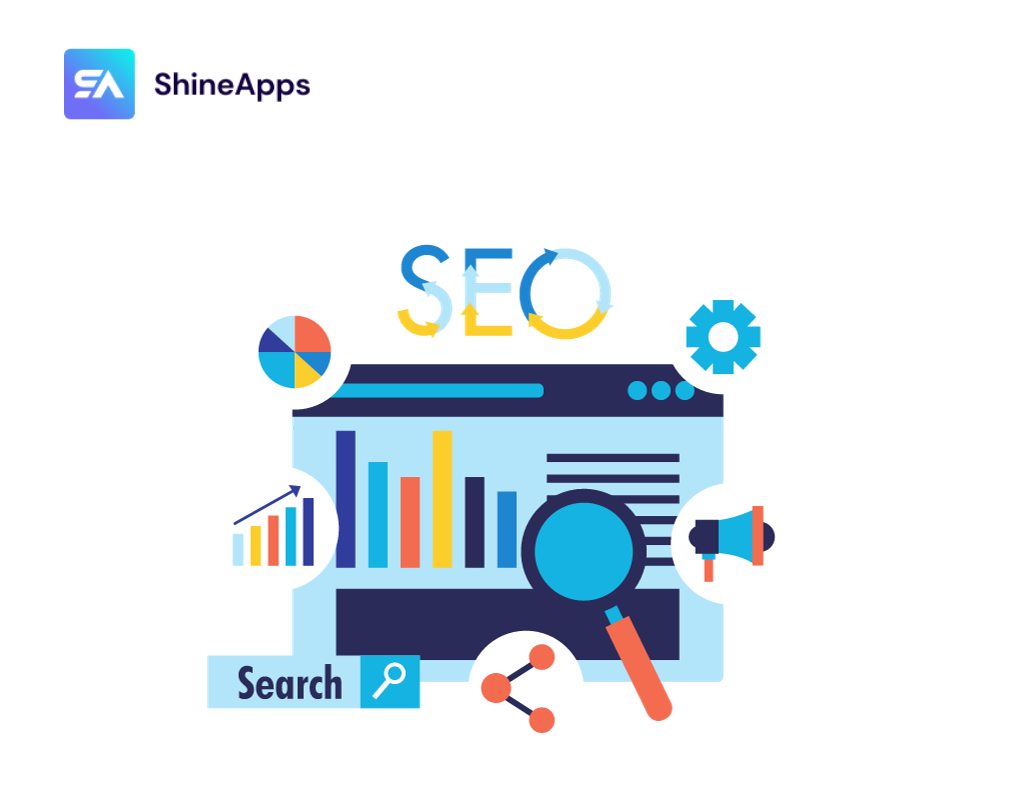
SEO is crucial for e-commerce success. It involves continuously updating your website with valuable and relevant content to enhance its visibility on search engines. A well-executed SEO strategy ensures that your content appears on search engine results pages (SERPs) for relevant queries, enhancing the customer experience.
To achieve this, integrate SEO keywords and phrases naturally within your content to signal to search engines that your site is relevant to those queries. Additionally, use user-friendly URLs and descriptive page names containing primary keywords, as well as common search terms identified through keyword research.
2. Content Marketing

Content marketing is one of the important eCommerce marketing strategies. By creating a blog, brands can create relevant content about their products and target essential keywords that may not fit naturally on product pages.
Blogs serve as a platform to address consumer needs, offer solutions, build trust, and foster relationships, leading to increased brand visibility and higher conversion rates. Content marketing helps answer customers’ questions, educate them, convey a company’s story, and drive purchases.
Different types of content, including videos, downloadable guides, and user-generated content, can further enhance brand reputation and attract more attention to the organization’s services.
3. Social Media Marketing

Social media is a powerful tool for e-commerce brands to engage with their audience. Billions of people use social media regularly, making it an ideal platform to create genuine connections with followers.
On social media, marketing teams can interact with comments, share relevant content, and provide additional information about their products. It’s essential to choose the right platforms for content distribution, as different social media channels cater to different audiences.
Understanding the preferences of your customer base and aligning your content with the appropriate platforms is key to effective social media marketing.
4. Email marketing
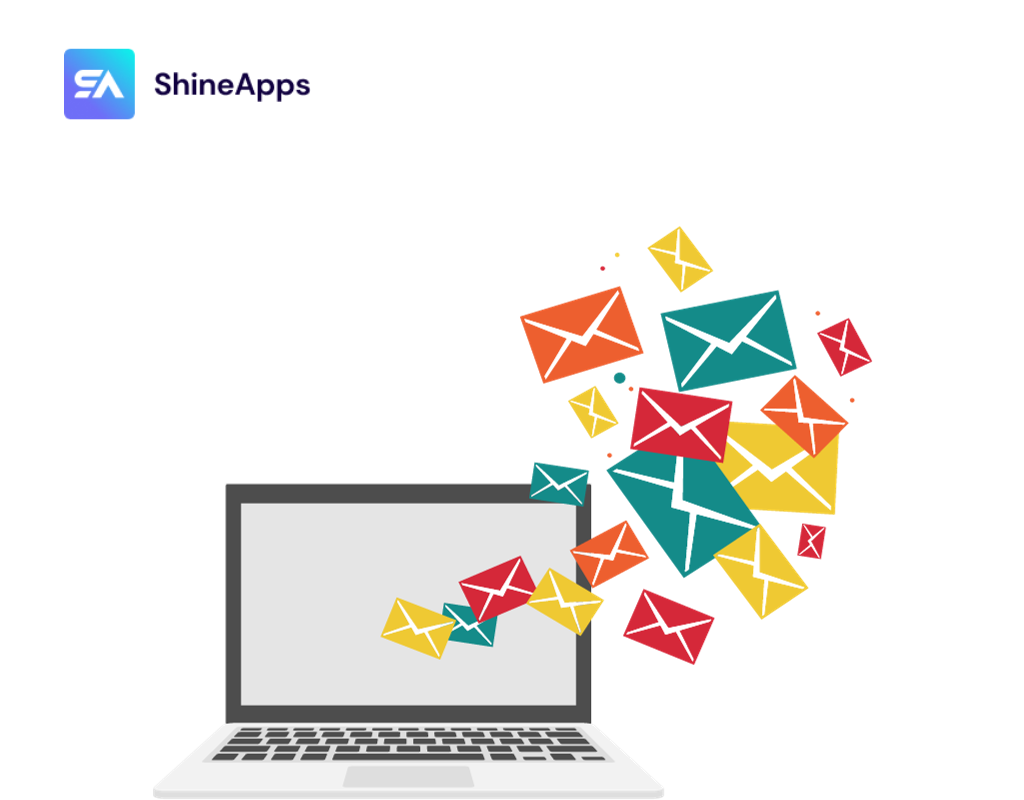
In the list of eCommerce marketing strategies, email marketing needs to be prioritized is a valuable channel for informing prospects and customers about new products and related information. Through timely and relevant emails, the marketing team can inform both new and existing customers about sales, product launches, and new blog content.
Personalized email communication plays a vital role in retaining customers and driving repeat purchases. When marketing teams demonstrate their understanding of a buyer’s purchasing or browsing history through personalized emails, they can cultivate a strong and loyal customer base.
Refer to How to Grow Your Shopify Email List Successfully (2023 Updated).
5. Customer loyalty programs
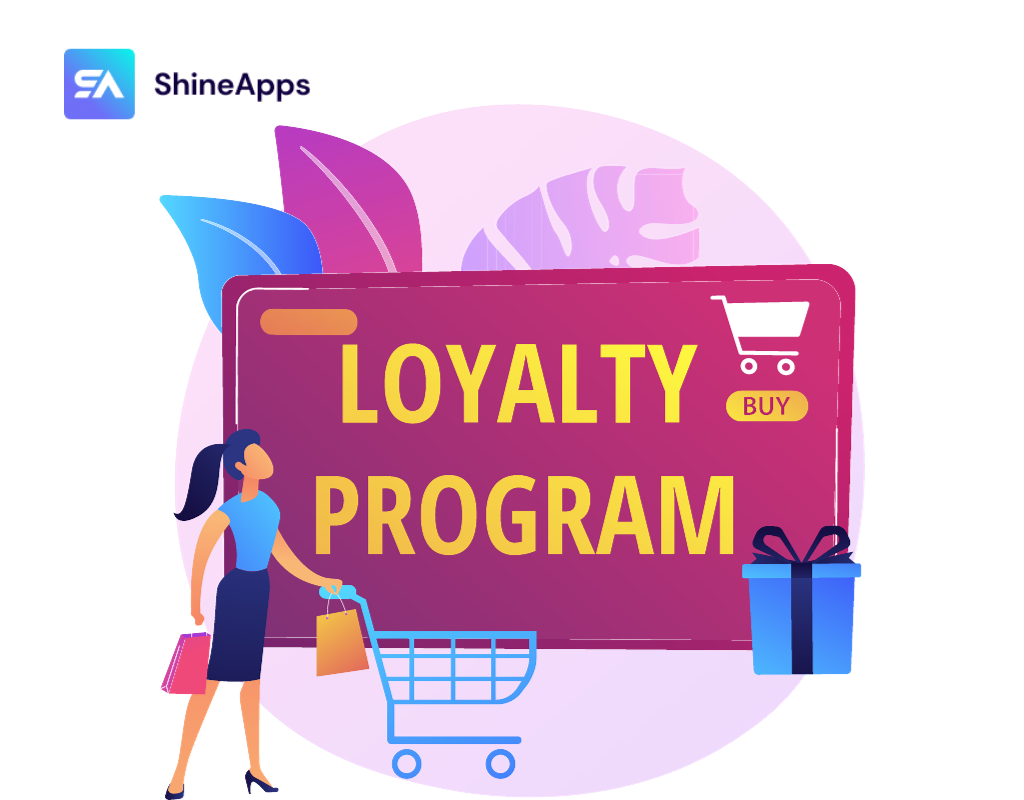
Implementing customer loyalty programs is an effective strategy to boost revenue and retain customers over the long term. Loyal customers are incredibly valuable, as they have already made purchases.
By incentivizing loyalty and repeat purchases, marketing teams can enhance Customer Lifetime Value (CLV) and cultivate enthusiastic brand advocates. Successful loyalty programs are consistent and offer genuine value to consumers.
They also provide opportunities for personalization by collecting consumer data and insights, allowing for well-timed and relevant communications.
6. Optimized Product Pages and Checkout Experiences

E-commerce success depends on optimized product pages and a streamlined checkout process. Product pages should facilitate easy product viewing and provide comprehensive details to encourage purchases.
By analyzing analytics data, product marketers can pinpoint pages that require optimization to improve conversion rates. Furthermore, optimizing the checkout experience by reducing steps and improving usability is important to ensure customers complete their purchases seamlessly.
7. Pay-Per-Click Advertising (PPC)
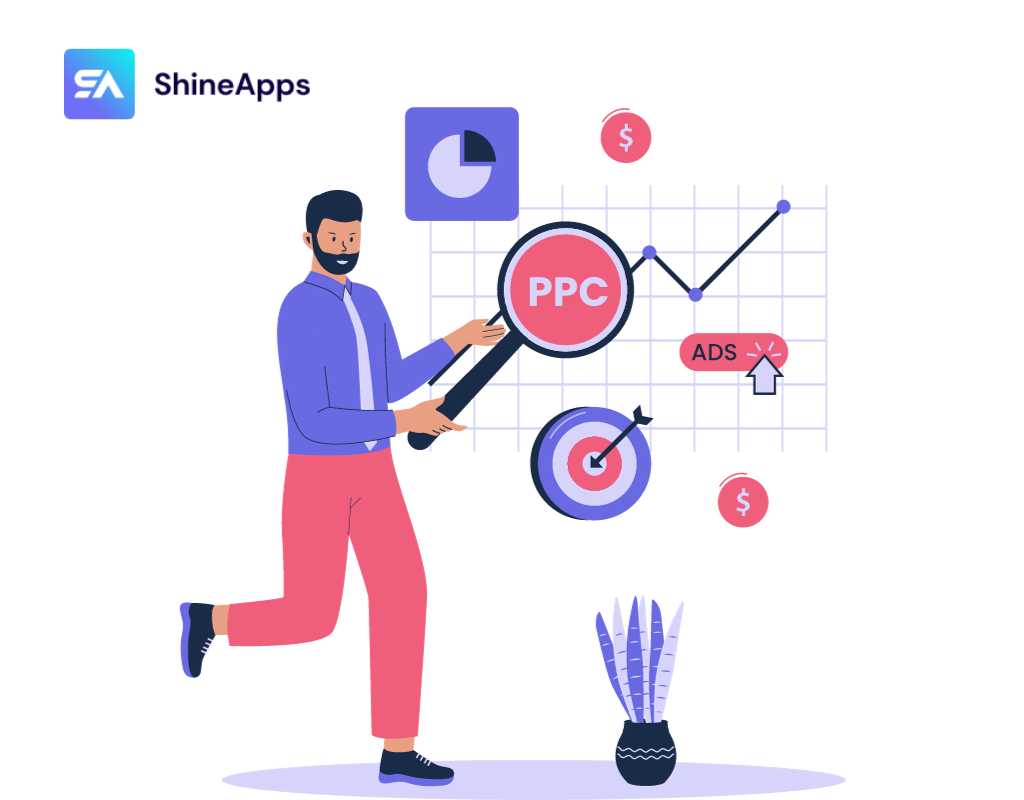
PPC is a paid strategy that ensures product pages appear prominently on search engine results pages (SERPs) through advertising. Effective PPC campaigns include well-crafted ads, attractive offers, and optimized landing pages.
PPC complements SEO efforts and allows businesses to allocate marketing budgets to promote their offers. Marketing teams can deploy search and display campaigns across search engines and ad networks, which can expand product visibility by tracking users across different sites that they access.
8. Retargeting
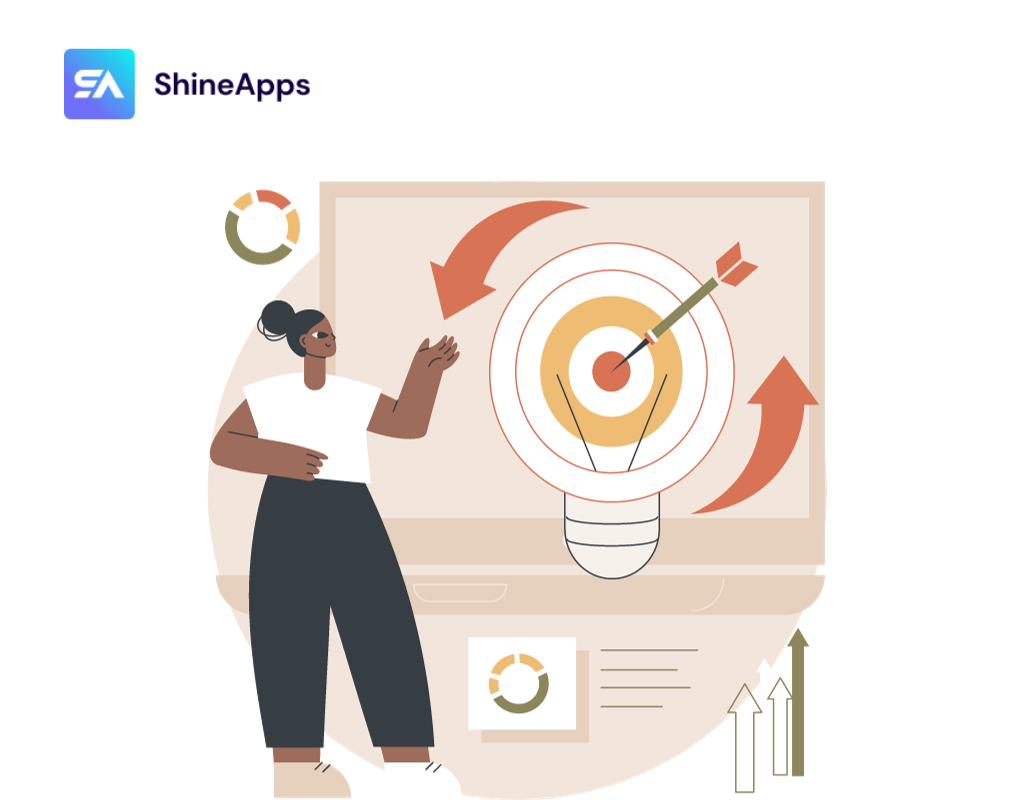
Retargeting is a paid strategy that complements PPC by re-engaging visitors who previously showed interest in a website but left without making a purchase. It involves creating an audience list based on the pages visited on your e-commerce site.
As someone explores different product pages, showing interest in those items, brands can show relevant ads on other sites in their advertising network. These ads encourage users to revisit specific product pages they previously viewed, reinforcing their purchasing decisions. Such one of the useful eCommerce marketing strategies!
9. Influencer Marketing

Influencer marketing is a popular strategy in which brands leverage individuals trusted by specific audiences. Influencers span a variety of markets and industries, from technology reviewers on blogs and YouTube to lifestyle and TikTok personalities.
Brands collaborate with influencers to engage their followers. This approach is especially advantageous for organizations launching new products. By offering influencers free products in exchange for their reviews, promotions, and unique perspectives, brands can expand their reach and credibility.
10. SMS Marketing
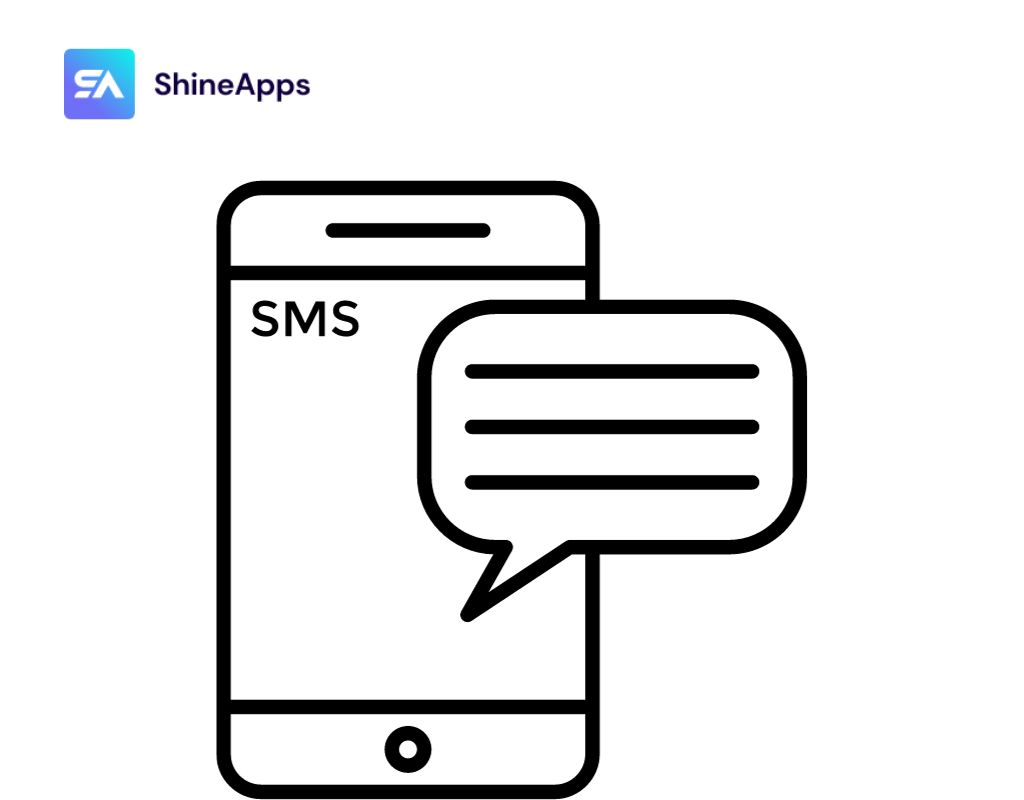
SMS marketing boasts an impressive average click-through rate of 36%, eight times higher than email marketing. However, it’s important to note that while SMS marketing is effective, it’s not a reason to completely abandon email marketing.
Consumers are more hesitant to share their phone numbers than their email addresses. On average, they only subscribe to 2-3 SMS marketing lists, highlighting the importance of a balanced approach that combines both SMS and email marketing strategies.
11. Upsell your products
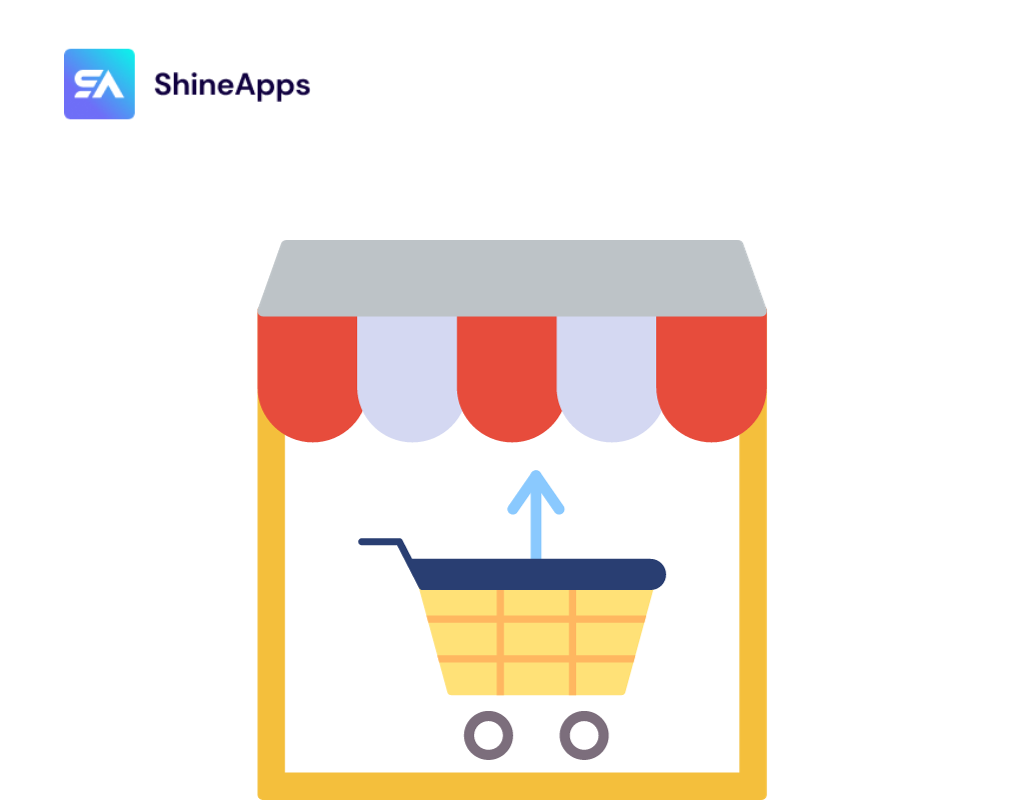
Upselling involves offering customers a slightly more premium product than the one they initially considered. This strategy can be more effective than acquiring new customers for many e-commerce businesses. Customers may not be aware of premium options or may need more information to understand the benefits of an upgrade.
Ensure that your upsells are directly related to the original product and consider the price range your customers expect. The new product should significantly enhance the customer’s experience to justify the additional cost.
12. Optimize for Mobile
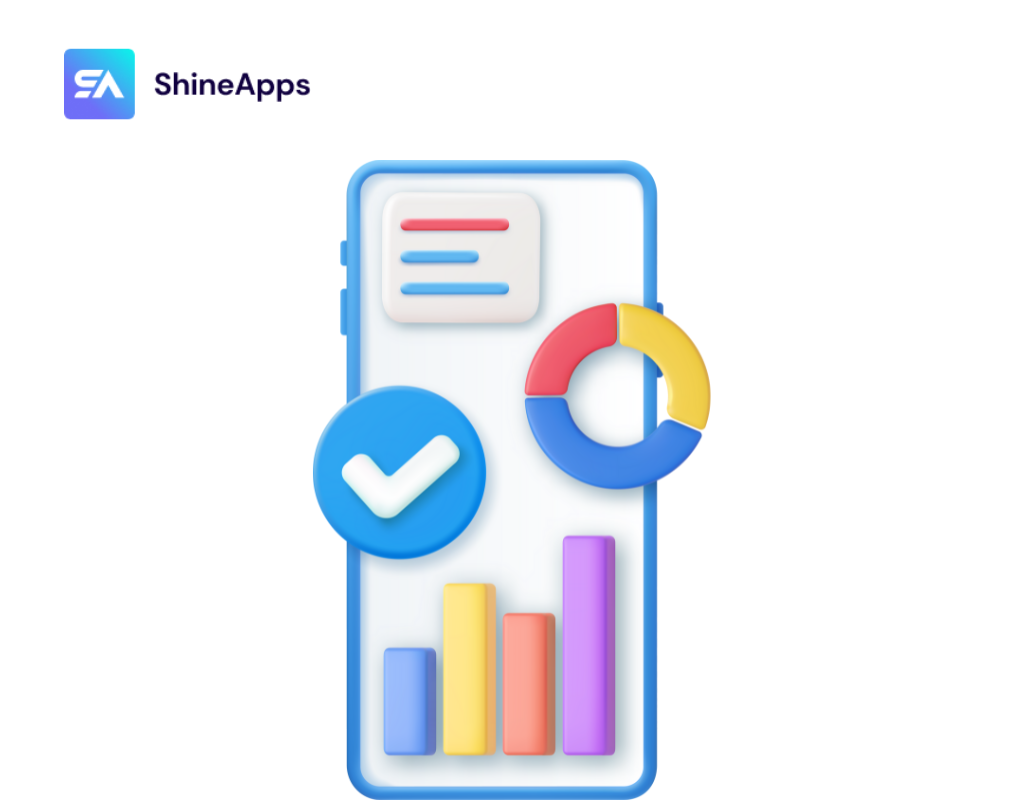
Mobile commerce is expected to account for 43.4% of total retail e-commerce sales by 2023, demonstrating its important role. Furthermore, Google research shows that 92% of people who search for products on their phones will eventually make related purchases.
So it’s important to optimize your store for mobile devices. Use Google’s Mobile-Friendly Test to evaluate your store’s mobile optimization and identify areas for improvement.
13. Customer Reviews and Ratings
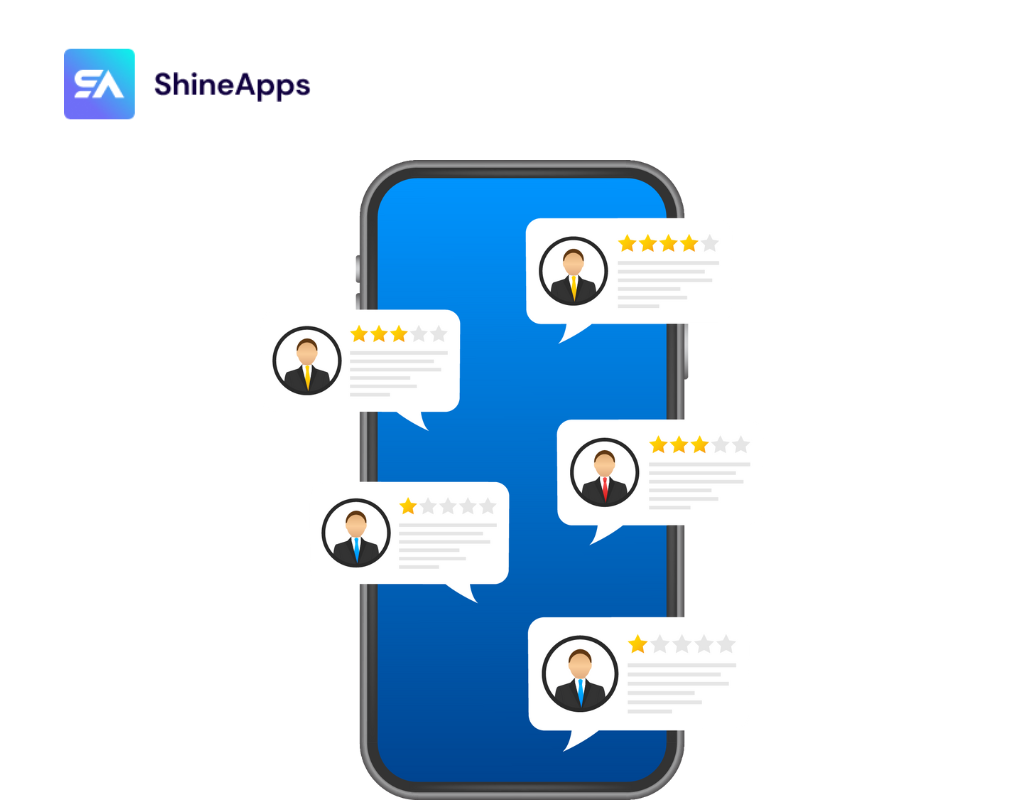
Actively encourage and prominently display customer reviews and ratings on your product pages. Positive feedback from satisfied customers enhances trust and credibility, empowering potential customers to make well-informed purchasing decisions.
14. Analytics and Testing
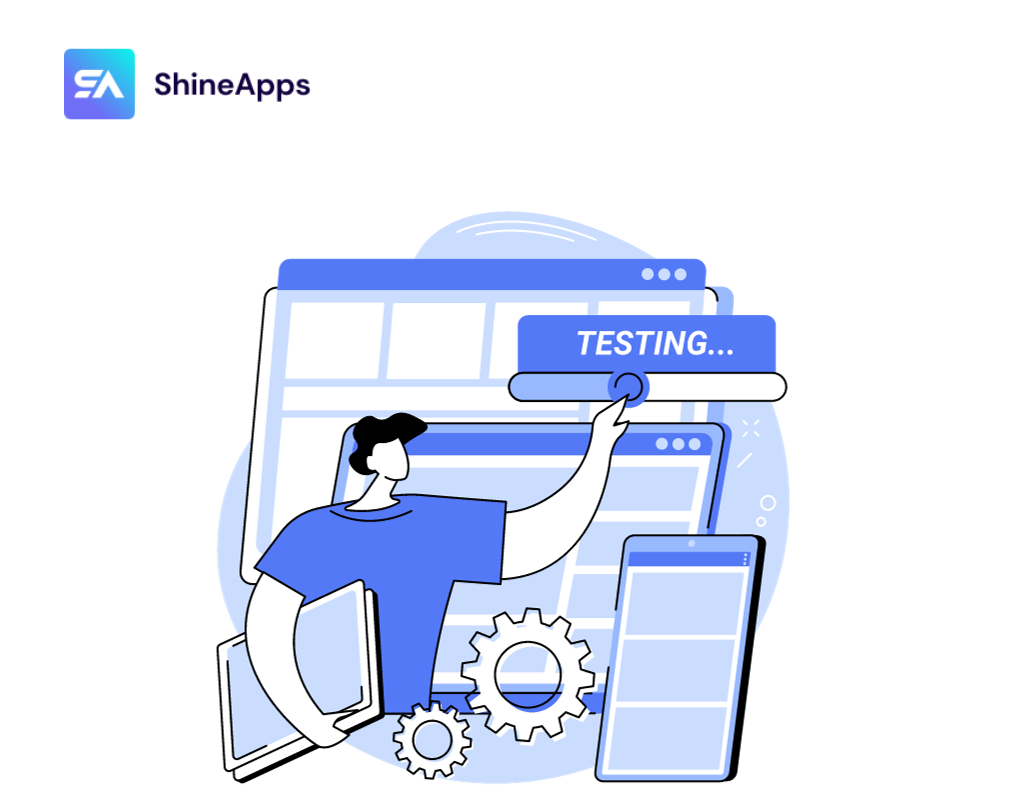
Continuously analyze your e-commerce data using robust tools like Google Analytics. Monitor vital metrics such as conversion rates, bounce rates, and customer acquisition costs to gain insights into your performance.
Implement ongoing experimentation with various strategies and conduct A/B testing to iteratively refine and optimize your marketing campaigns for sustained success.
15. Cart abandonment
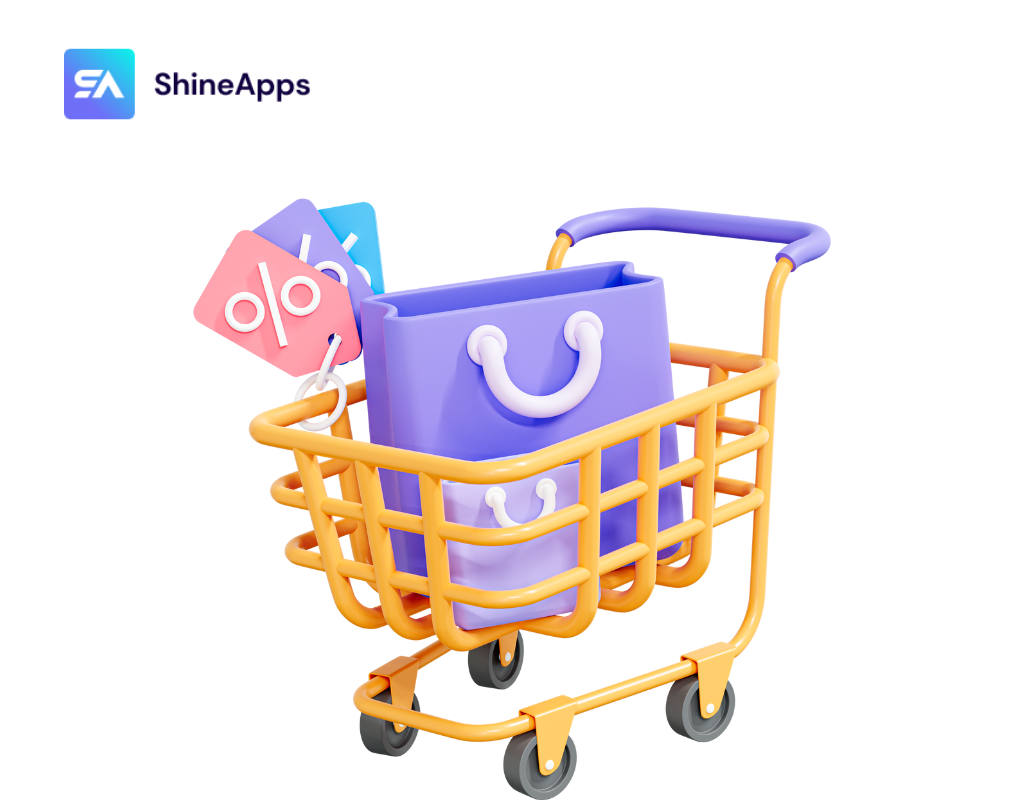
Cart abandonment is a significant challenge for e-commerce businesses, with 69.82% of shopping carts being abandoned, according to a report by the Baymard Institute. To solve this problem, consider implementing an email recovery campaign.
Create engaging emails that encourage visitors to return to their abandoned carts by reminding them of the items they want to purchase and reiterating why they should complete the initial transaction. This strategy aims to re-engage potential customers and recover lost sales.
Start marketing your ecommerce store today
In short, successful ecommerce marketing requires a multifaceted approach. By combining these strategies and tailoring them to your specific audience and segment, you can build a strong online presence, attract a loyal customer base, and thrive in the competitive world of e-commerce. Stay up to date with industry trends and be adaptable in your marketing efforts to stay ahead in this ever-evolving landscape.



